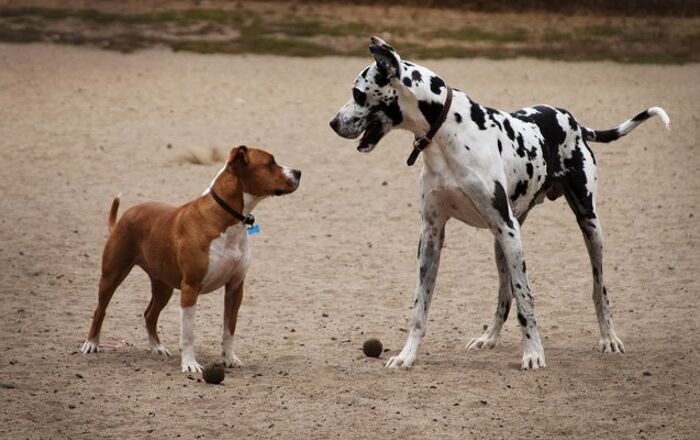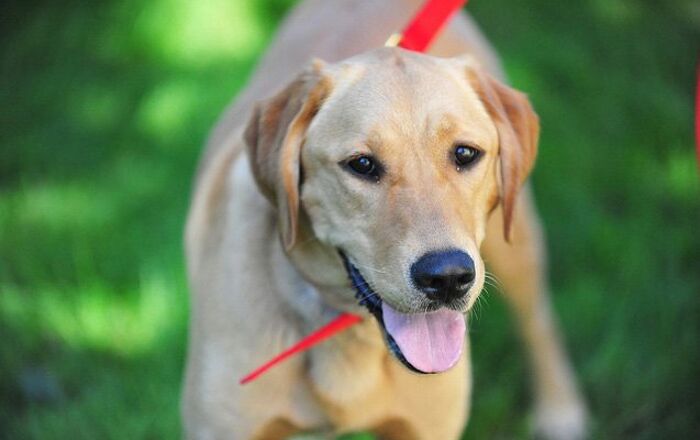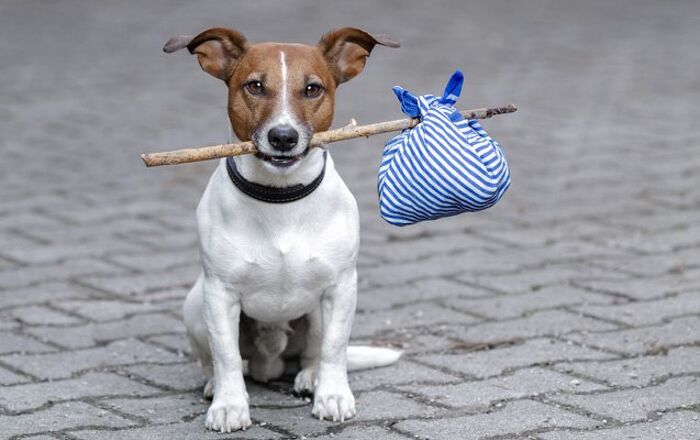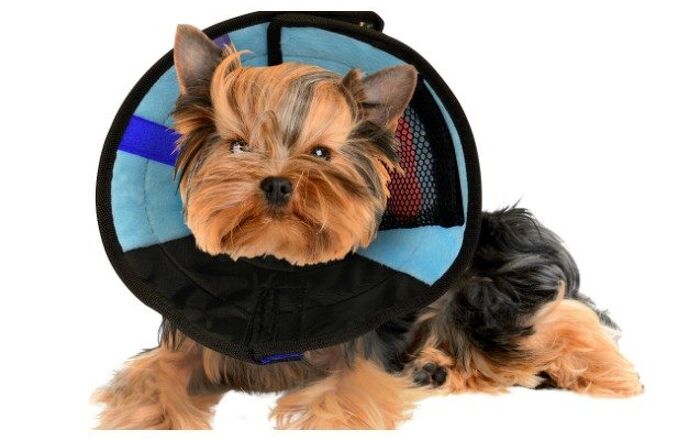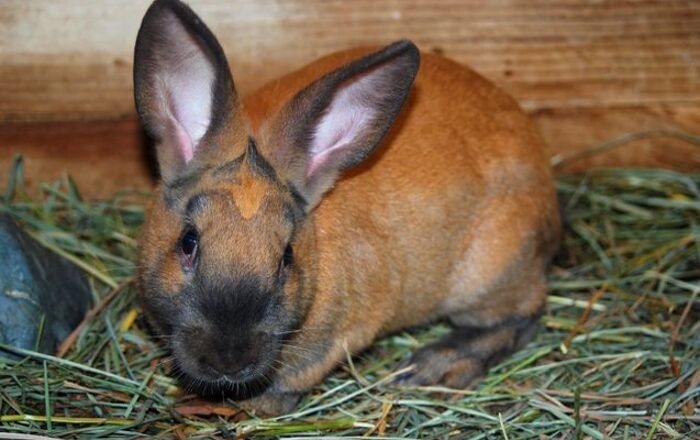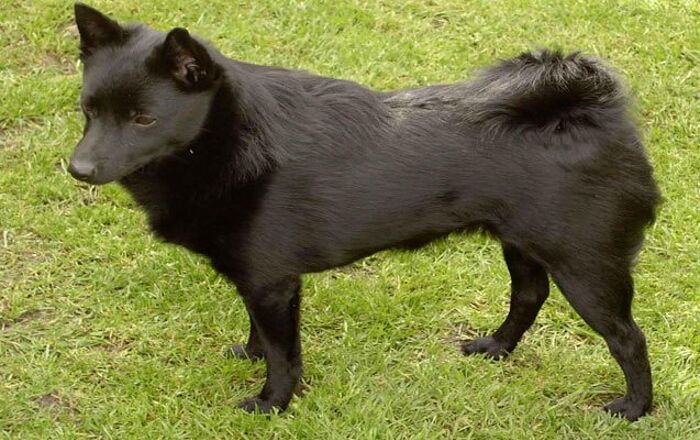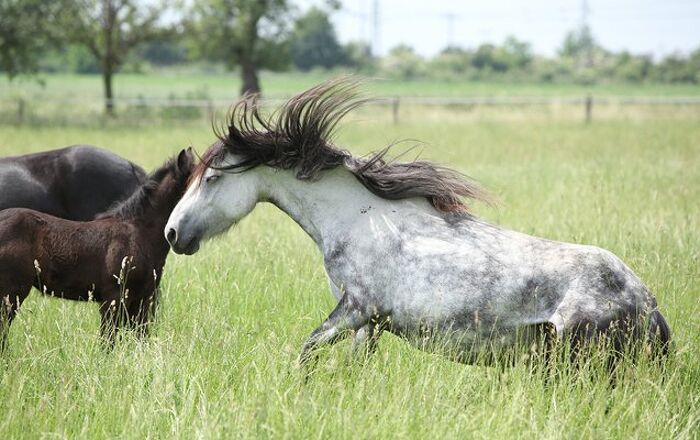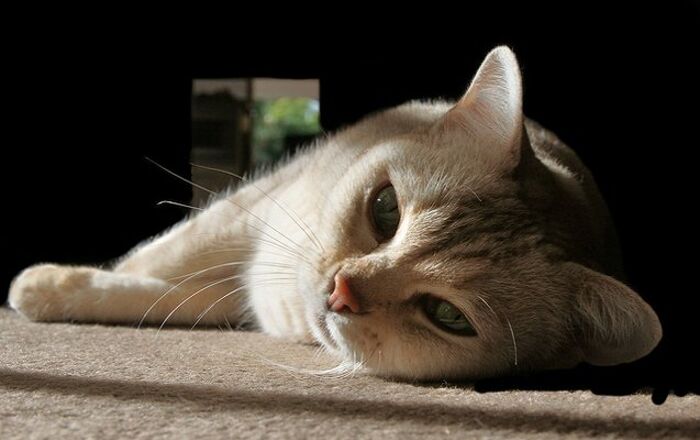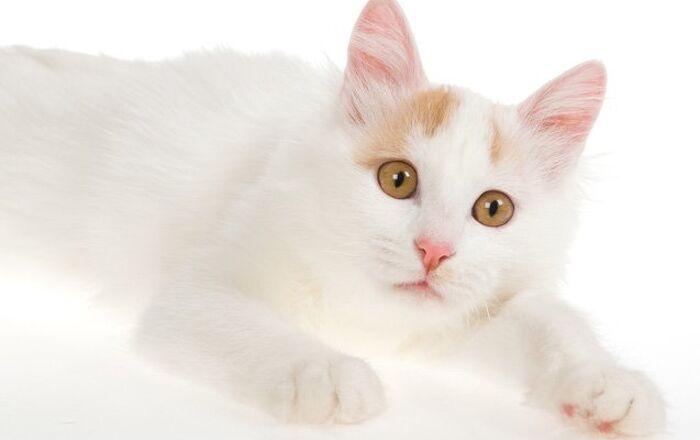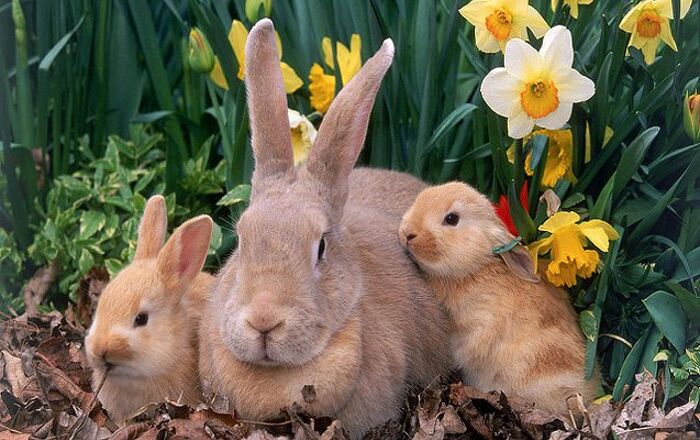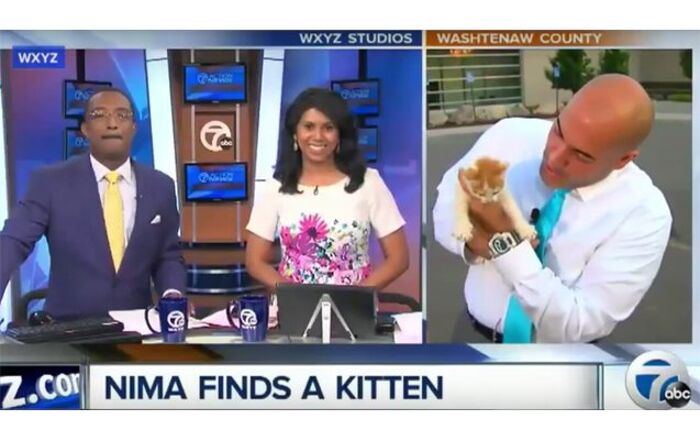
Come! Sit! Stay! Good dog – here’s why using treats for positive reinforcement dog training will get your dog motivated to learn good behaviors.
When you’re bringing home a puppy or a new dog, one of the most important things you must do is train that pooch. Everyone wants a puppy for the vibrancy and sheer joy that they bring into their lives. However, puppies are also hard work. Training is your biggest responsibility as a puppy owner. Do it right and you’ll end up with the dog of your dreams. Do it wrong and you’ll be paying the price for the rest of your pupper’s life. It’s not easy, but it is important and it’s all on you.
There are, of course, a variety of training methods out there for any puppy owner, but some of them are not recommended because they just don’t work. Specifically, negative reinforcement training is a trap that too many dog owners fall into, thinking it’s their only option. The fact of that matter is that leaning too heavily into punishment and negative reinforcement is far closer to abuse than it is training. This approach will never yield the results that you crave and more importantly, it’s a horrible way to raise your dog. Do not fall into this trap. You will regret it and if punishment and shame is your approach to puppy training, then you don’t deserve to have a dog in your life in the first place.
In fact, all puppy owners should be going in the absolute opposite direction in their approach to training. That’s because perhaps the most effective approach to raising a puppy is through positive reinforcement dog training. This form of training is rooted in using tasty treats as a reward for good behavior. Raising your pupper through support and love will deliver the ideal results and deepen your relationship with your doggo. It’s really the only responsible approach to puppy training. So, if you’d like to know how to do it, let’s go over the basics about positive reinforcement dog training and how to use treats in conjunction to get the best results.
Related:How To Teach Your Dog The Recall Command
What is Positive Reinforcement Dog Training?
Simply put, positive reinforcement simply involves rewarding the dog for good behavior in order to encourage him to repeat it. For example, if you want to train your dog to do his business only in one section of the yard, you would take him over to that section when you let him outside and then reward him when he does his business there with a tasty treat. It should only take a few repetitions for your dog to make the connection between the behavior and the reward, after which he will be eager to repeat the behavior in hopes of earning the reward. This will ensure that every time your puppy goes into the yard to do his business, he will race over to your designated area without even being instructed.
Positive reinforcement is an element of operant conditioning, a type of conditioning developed by psychologist B.F. Skinner. Skinner originally used rats to develop his theories of operant conditioning and he experimented both with positive reinforcement and punishment. Whereas positive reinforcement involves the use of rewards to reinforce behavior, punishment is used to decrease the occurrence of a certain behavior. Because canines are much more likely to respond positively to rewards rather than punishment, positive reinforcement dog training methods are highly recommended. This training approach will yield the best and longest lasting result from your puppy and should always be your default method of training. Don’t even consider the alternative.
Related:How To Find The Right Dog Trainer For You And Your Dog
Using Treats Correctly
While leaning into positive reinforcement training might sound easy, it’s still a technique that requires care and effort to pull off with success. When using positive reinforcement methods, there are right and wrong ways to use the food rewards such as treats. It may seem simple from the outside, but it’s not. So make sure to follow the following steps in order to ensure that your positive reinforcement training goes as smoothly as possible.
First, you should make sure that the treats are small so they do not significantly add to your dog’s overall daily caloric intake. You don’t want your pooch to become unhealthy from training after all. So make sure to carefully read the nutritional information on a treat package before committing to it throughout training.
Second, you should only reward the dog when he successfully performs the desired behavior. Give your dog the reward each time he responds appropriately for the first five or six times. By this time, your dog should have made the connection between the reward and the behavior. After this point you can start to phase out the food rewards. You don’t want to have to reward your dog every single time that he behaves appropriately as that will develop an unhealthy dependency. So carefully phase out the treats over time. How do you accomplish this? Well…
Phasing Out Food Rewards
As stated above, it is important to phase out the food rewards after your dog makes the connection between the behavior and the reward because you don’t want him to become dependent on the reward to perform the behavior. Once your dog has the hang of the behavior in question, it’s time to start to rewarding him only every other time. You should continue to praise your dog for behaving correctly and you can start to offer a toy or a few seconds of belly rubbing instead of the treat. Gradually shift away from rewards entirely and eventually your pup will start to naturally perform the behavior as a second nature.
Positive reinforcement dog training methods are not only some of the easiest training methods to employ, but they are also highly effective. That’s why we highly recommend it as the optimal training technique. However, we recognize that the form positive reinforcement takes can be completely different for every dog owner. We all have our own approach to positive reinforcement training. So what’s yours? What kinds of treats do you use when training your dog? Do you find that a certain treat is more effective when it comes to training your dog? We would love to read about your approach to the training process. So please share your training treat suggestions in the comment section below so that all of our readers can benefit from your experiences.
